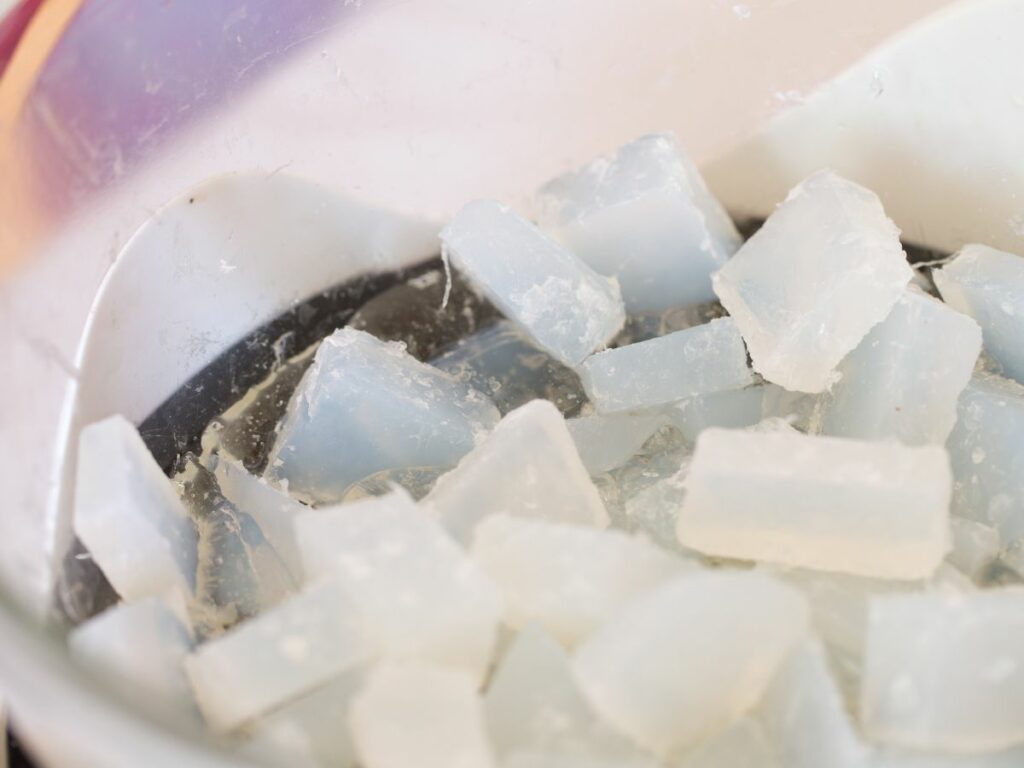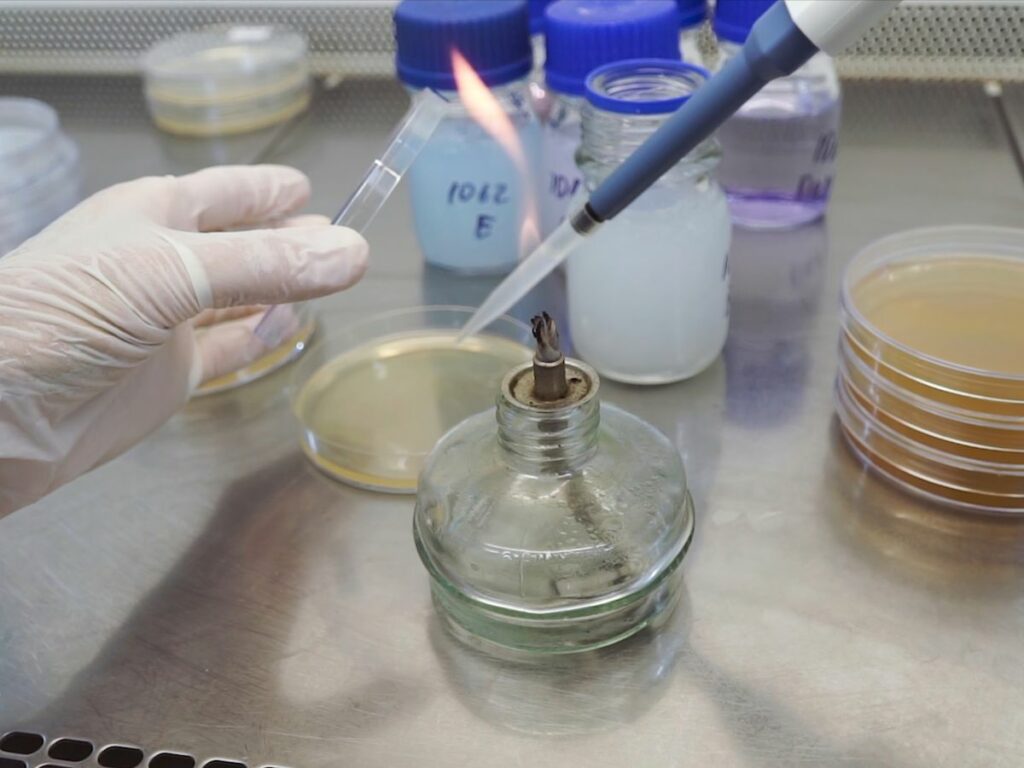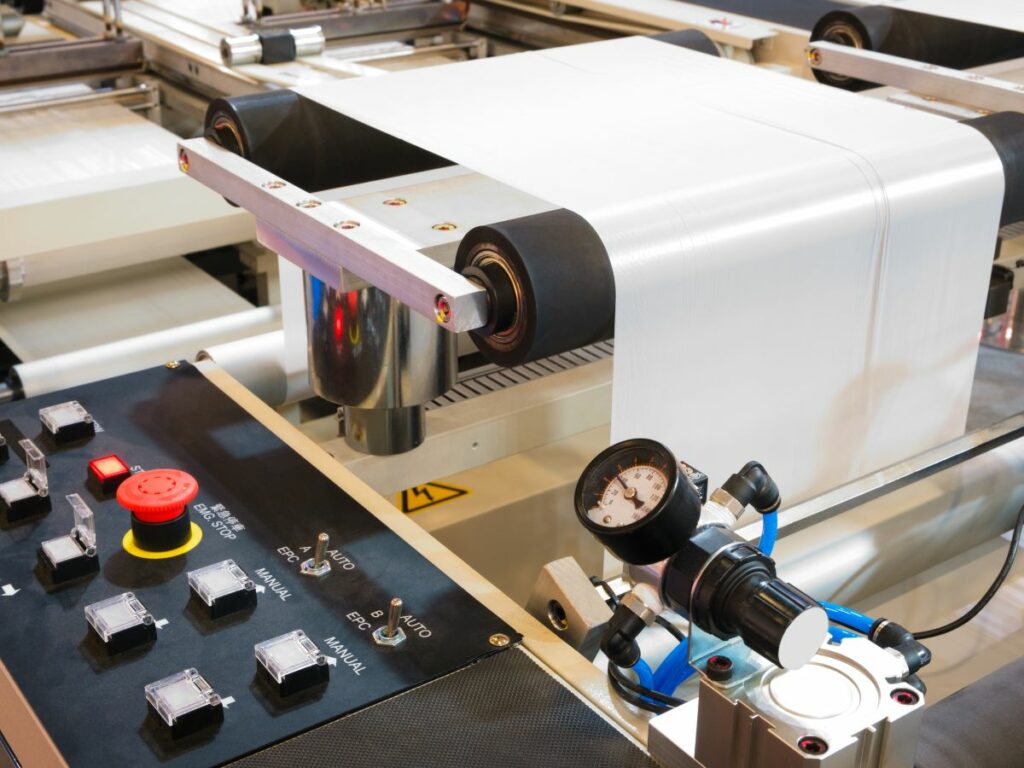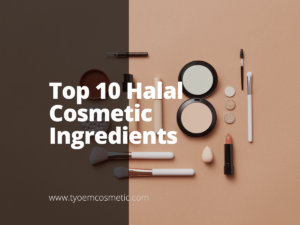Is your brand at the forefront of utilizing cutting-edge techniques in the hand wash manufacturing process? Stay informed about the evolving trends and methodologies that are shaping the future of personal care products.
As a cosmetic industry expert, we bring a wealth of knowledge of skincare product formulation and manufacturing. Our experience includes collaborating with leading skincare brands and guiding startups in creating exceptional products.
The hand wash manufacturing process is a fascinating journey from concept to final product, where quality, ingredients, and consistency play crucial roles.
In this guide, we will explore the essential steps in hand wash manufacturing, each vital in creating a product that stands out in the competitive market of personal care products.
Keep reading to uncover the secrets behind creating hand washes.
Step#1 Raw Material Procurement and Preparation
The initial phase in hand wash manufacturing involves sourcing and preparing raw materials, which is fundamental for establishing the quality benchmark for the final product. Here are the specific actions taken:
- Identification of Ingredients: Begin by selecting essential ingredients like surfactants, which produce foam, and moisturizers, for skin hydration. Each ingredient is chosen to contribute specific properties to the hand wash, ensuring a balanced and effective formula.
- Sourcing Quality Materials: Next, source the materials from reputable suppliers. This guarantees that raw materials meet safety and quality standards in the industry, which is essential for creating a high-quality final product.
- Testing for Purity and Safety: Upon receipt, test each material for purity and potential contaminants. This critical step ensures that only safe and high-quality ingredients are used in the manufacturing process.
- Preparation and Storage: Prepare the raw materials for use, which may include processes like sieving, dissolving, or temperature adjustments. Then, store them under appropriate conditions to preserve their quality and prevent any degradation.
- Documentation and Traceability: Maintain meticulous records for each batch of raw materials. This documentation is crucial for traceability, allowing for quality control and compliance with regulatory standards throughout the manufacturing process.

Step#2 Mixing and Blending Process
Mixing and blending are the stages where individual ingredients are combined to form the base of the hand wash. Here are the detailed procedures that ensure the production of a consistent and high-quality mixture:
- Start by adding base ingredients like water and surfactants into the mixing tank. This is typically done in a specific order and proportion, as determined by the formula.
- Slowly incorporate secondary ingredients such as moisturizers, conditioners, and preservatives. This gradual addition ensures even distribution and prevents any reactions that could occur from sudden mixing.
- Then, engage in continuous mixing to achieve a uniform blend. The duration and speed of mixing are controlled to prevent the formation of air bubbles and to ensure a smooth texture.
- Maintain the mixture at a controlled temperature throughout the process. This is important for preserving the integrity of temperature-sensitive ingredients and ensuring a consistent end product.
- Finally, periodically take samples from the mix to test for consistency, thickness, and other desired properties. Adjustments in ingredient proportions or mixing parameters are made based on these test results.

Step#3 pH Balancing and Safety Checks
Balancing pH and safety checks are crucial for effective and skin-friendly hand wash, preserving product integrity and user safety. Here are the detailed actions involved in each stage:
- Adjust pH to Desired Level: The pH level of the hand wash is adjusted to a specific range, typically between 5 and 7, to match the natural pH of the skin. This is done using pH adjusters like citric acid or sodium hydroxide, ensuring the product is neither too acidic nor too alkaline.
- Conduct Allergen Testing: To prevent skin reactions, the hand wash is tested for common allergens. This involves applying the product to a controlled sample to monitor for any allergic reactions, ensuring its safety for users with sensitive skin.
- Perform Microbial Testing: To guarantee the product’s safety, microbial tests are carried out. This step involves checking for the presence of harmful microorganisms like bacteria and fungi, ensuring the hand wash is hygienic and safe for everyday use.
- Implement Stability Testing: The stability of the hand wash is tested under different environmental conditions. For instance, testing the product’s performance over time, under various temperatures and humidity levels, to ensure long-term quality and efficacy.
- Complete Safety Documentation: Comprehensive safety documentation is compiled for each batch of hand wash. Detailed records of all tests performed, results obtained, and any adjustments made, ensuring a transparent and accountable manufacturing process.

Step#4 Fragrance and Color Additions
Adding fragrance and color transforms the functional aspect of hand wash into an appealing sensory experience. Here are the practical approaches to incorporating these elements effectively:
- Selecting Fragrances: The process begins with choosing fragrances that align with the product’s intended aroma profile. This involves sampling various scents and selecting those that best match the desired product characteristics.
- Testing Fragrance Stability: Once a fragrance is selected, it’s tested for stability within the hand wash formula. This involves ensuring that the fragrance remains consistent and does not react negatively with other ingredients.
- Incorporating Colors: The next step is to incorporate colors into the hand wash. This involves selecting colorants that are safe for skin contact and mixing them into the hand wash base to achieve the desired color.
- Ensuring Uniform Color Distribution: Mix thoroughly to ensure that the color is evenly distributed throughout the hand wash. Use specific mixing techniques or add dispersing agents to achieve uniformity.
- Testing for Compatibility: Once the fragrance and color are incorporated, perform a series of compatibility tests, such as a patch test on a simulated skin surface, to observe any potential reactions between the added fragrances, colors, and the hand wash’s base ingredients. This helps in identifying any issues like color changes, scent alterations, or ingredient interactions.

Step#5 Filling and Assembling
The filling and assembling stage transforms the hand wash from a bulk product into individual, consumer-ready units. Here are the specific actions taken in each sub-step of this crucial phase:
- Automated Filling: The hand wash is transferred into containers using automated filling machines. This process involves calibrating the machinery to dispense the correct amount of product into each container.
- Quantity Verification: After filling, each container is checked to confirm it contains the right amount of hand wash. This step may involve weighing containers or using volume measurement techniques to ensure accuracy.
- Component Assembly: Necessary components such as pumps, caps, and labels are assembled onto the filled containers by using modern machinery that precisely places and secures each component onto the containers. TY Cosmetic employs automated assembly lines to accurately position and secure components, ensuring a streamlined and consistent manufacturing process.
- Final Assembly Quality Check: Once the containers are filled and assembled, they go through a final inspection. This check ensures that all components are correctly attached and the container is ready for packaging.

Step#6 Packaging and Branding
In the hand wash manufacturing process, the step of packaging and branding is where the product gets its market identity. Here are the essential actions involved in this stage:
- Designing the Packaging: Begin by creating a packaging design that reflects the brand’s identity and appeals to the target audience. This involves selecting shapes, colors, and materials that align with the brand’s values and consumer expectations.
- Selecting Packaging Materials: Choose materials for packaging that not only protect the hand wash during transportation but also align with the brand’s environmental and quality standards. Select recyclable plastics, glass, or innovative biodegradable materials.
- Printing and Labeling: Implement a printing process for labels and packaging that ensures clarity and durability of branding elements like logos, product information, and regulatory compliance marks. This step often involves high-resolution printing techniques for a professional finish.
- Final Packaging Assembly: Assemble the final packaging, which includes placing the hand wash containers into their boxes or wrappers. Ensure that the assembly process aligns with the packaging design to maintain aesthetic appeal and functional integrity during handling and shipping.

Step#7 Quality Control and Assurance
Quality control and assurance are crucial in manufacturing to guarantee that each batch meets high standards of quality and safety. Here are the specific actions taken at each stage to ensure a top-tier product:
- Implement Rigorous Testing Protocols: Each batch of hand wash undergoes a series of tests, including chemical composition analysis and physical property evaluation, to make sure it aligns with pre-established specifications.
- Conduct Batch-to-Batch Comparisons: Regular comparison of current batches with previous ones helps in identifying any inconsistencies in quality allowing for immediate modification. TY Cosmetic seamlessly integrates batch-to-batch comparisons into their quality control protocol to ensure consistency of each product.
- Engage in Continuous Monitoring: Throughout the manufacturing process, continuous monitoring is employed to catch and correct any anomalies as soon as they occur, ensuring consistent quality control.
- Document and Review Production Data: Meticulous documentation of all production data, followed by a thorough review, aids in tracking the production journey of each batch and provides valuable insights for future improvements.
Step#8 Storage and Distribution
Efficient storage and distribution are essential components in manufacturing, ensuring that the final product reaches the consumer in its best form. Here are the key actions involved in this critical stage:
- Storing in Controlled Environments: Hand wash is stored in environments with regulated temperature and humidity to preserve its quality. This includes using climate-controlled warehouses to prevent degradation of the product’s physical and chemical properties.
- Managing Inventory: Implement a systematic approach to inventory management using software tools. For example, SAP Advanced Planning and Optimization (SAP APO) software monitor stock levels, oversee product expiry dates, and predict future demands. This systematic management helps in maintaining an efficient balance between supply and demand, avoiding overproduction or shortages in stock.
- Selecting Distribution Channels: Choose the most appropriate distribution channels based on the target market. This could involve working with specialized distributors for cosmetic products, utilizing online platforms, or direct distribution to retailers.
- Monitoring During Transportation: Employ tracking systems to monitor the condition of the hand wash during transit. This includes using temperature-controlled transportation and real-time GPS tracking to ensure the products arrive at their destination in good condition.
The table below provides an in-depth look at the importance of monitoring systems during the transportation of hand wash products, emphasizing how these systems ensure product integrity throughout transit.
| Monitoring Aspect | Description | Significance in Product Transportation |
| Temperature-Controlled Transportation | Utilize transportation methods that maintain a consistent temperature, essential for preserving the quality of hand wash products. | Preserves Product Quality: Temperature control is crucial to prevent spoilage or degradation of hand wash products, especially those with sensitive ingredients. |
| Real-Time GPS Tracking | Implement real-time GPS tracking systems to monitor the location and movement of the product shipment. | Ensures Timely Delivery: GPS tracking allows for the tracking of the shipment’s progress and helps in anticipating and resolving potential delays. |
| Condition Monitoring Sensors | Employ sensors within the transportation vehicles to monitor conditions such as temperature, humidity, and potential tampering. | Enhances Product Safety: Continuous monitoring ensures that the products are transported under optimal conditions, reducing the risk of damage or contamination. |
| Automated Alerts and Reporting | Set up automated alerts to notify in case of deviations from the set transportation conditions. | Prompt Response to Issues: Quick alerts allow for immediate action in case of any issues during transit, minimizing the impact on product quality. |
| Comprehensive Logistics Planning | Develop a comprehensive logistics plan that includes contingency measures for transportation challenges. | Improves Transportation Reliability: A well-planned logistics strategy ensures that there are backup plans in place, enhancing the overall reliability of product transportation. |
- Evaluating Logistics Performance: Regularly assess the logistics process through performance metrics. Analyze delivery times, transportation costs, and handling procedures to continually enhance and optimize the distribution strategy.
Dive Deeper Into Our Resources
Interested in discovering more? Gain instant access to our diverse range of products:
Still haven’t found what you’re looking for? Don’t hesitate to contact us. We’re available around the clock to assist you.
Conclusion
The journey of hand wash manufacturing is a complex and detailed process, combining science, art, and consumer insights. This guide has explained every step, providing a comprehensive understanding of what goes into creating high-quality hand wash products for your brand.
If you’re looking for a partner dedicated to delivering excellence and innovation in hand wash manufacturing, TY Cosmetic is your go-to resource. Contact us today to explore how we can elevate your product line.





















